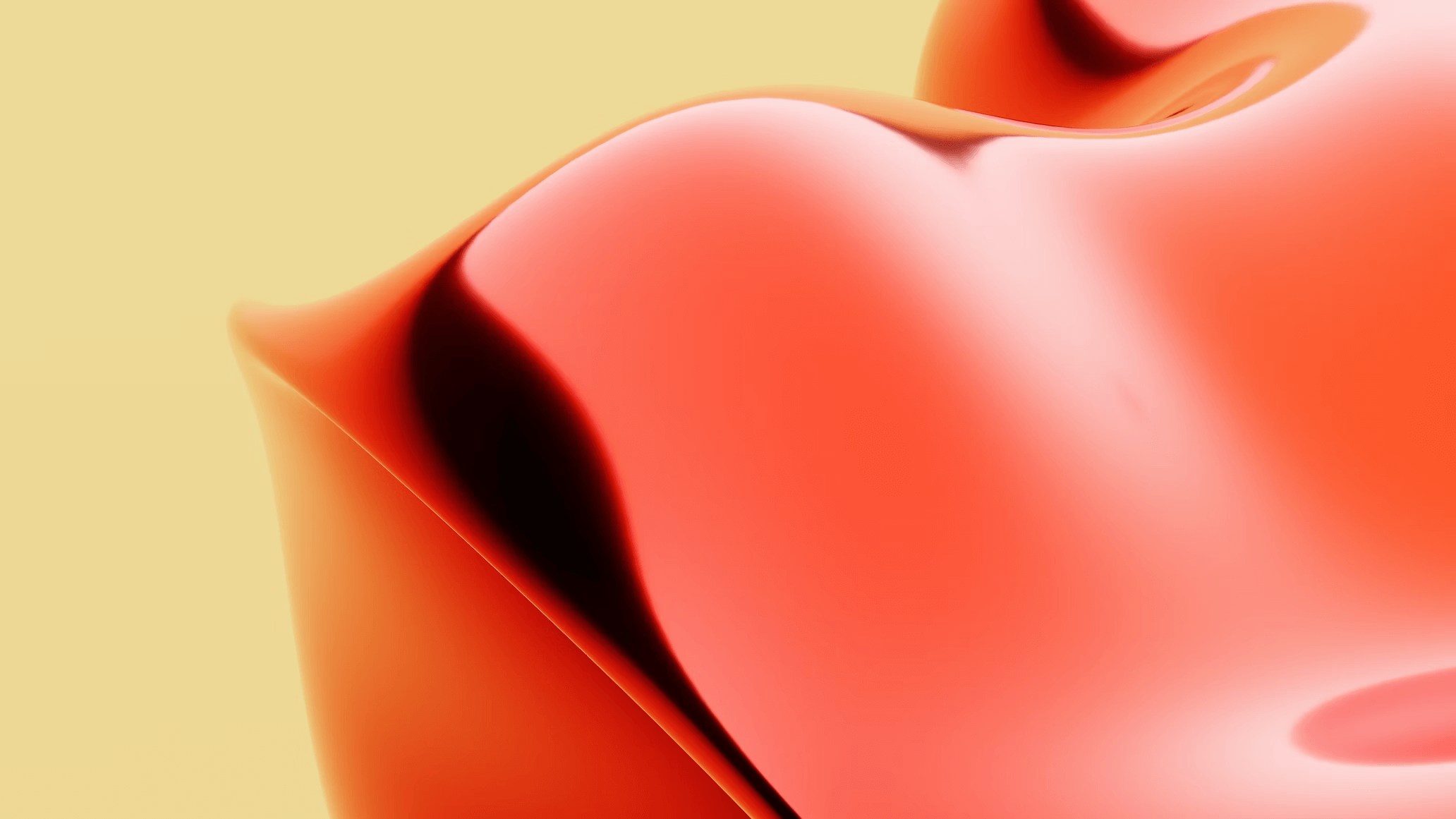
Sculpture: The Art of Carving Time
Concept and History of Sculpture
Sculpture is one of humanity’s oldest art forms, showcasing human creativity and skill in shaping various materials such as stone, wood, metal, and clay. From small figurines to colossal works, sculptures possess the power to express emotions, tell stories, and preserve the marks of time.
The history of sculpture spans numerous eras, from prehistoric times with small clay figurines to the grandeur of ancient deities, the solemnity of medieval religious statues, and the diverse styles and materials of the modern era. Each period leaves a unique imprint on the evolution of sculptural art.
Common Sculpture Techniques
Additive and Subtractive Sculpture
Additive and subtractive sculpture are the two most fundamental techniques. Additive sculpture is the process of building form by adding material to a core mass, often using clay or wax. Subtractive sculpture involves shaping by removing excess material from a larger block of raw material, commonly applied to stone, wood, or metal.
Relief and In-the-Round Sculpture
Relief sculpture creates forms on a flat surface, with the image projecting from the plane. In-the-round sculpture is three-dimensional, viewable from all angles.
Other Techniques
Other techniques include casting, metal welding, and assembling fragments; each demands dexterity, precision, and a deep understanding of materials.
Famous Sculptures
Numerous renowned sculptures worldwide have become cultural icons for various countries and regions. Examples include Michelangelo’s David, the Statue of Liberty, and the Guanyin statue. Each artwork carries its own story and meaning, contributing to the rich diversity of sculptural art.
Modern Sculpture and Future Trends
Modern sculpture has undergone significant transformations, with the emergence of new styles and trends. Modern artists not only use traditional materials but also incorporate others such as glass, plastic, and light, creating unique works that break away from traditional norms. The future of sculpture promises even more breakthroughs and innovation.
Conclusion: Sculpture is a delicate art, requiring patience, creativity, and skilled technique. Understanding the history, techniques, and famous sculptures enhances our appreciation for the value and importance of this art form.
RELATED POSTS
View all
